With Diwali approaching, one of the most exciting aspects is indulging in delicious sweets and snacks. After the morning pooja and bursting crackers, there's nothing better than returning home, relaxing, and savoring the delightful treats that await. Many of these snacks and sweets have fascinating backstories, which we'll explore in this article!
1. The Sweet Old Kaju Katli!
The Kaju Katli, aptly titled the king of sweets is a staple at everyone’s home during Diwali across India! But did you know that during the reign of the illustrious Mughal emperor Jahangir, a significant chapter in history took place, etching its essence into the delectable treat we savor today. Within the walls of Gwalior Fort, Sikh gurus and monarchs were held as captives, their spirits dampened and their lives burdened by captivity. Guru Hargovind, the 6th Sikh Guru, emerged as a guiding light in the darkness, determined to alleviate the suffering of his fellow detainees. With unwavering resolve, he orchestrated a transformation within the confines of the fort, orchestrating self-sufficiency and improved living conditions for all within.
The turning point arrived when Emperor Jahangir extended an offer of liberation to Guru Hargovind. The decree was simple: those who could grasp the Guru's robe as he left would regain their freedom. Ingeniously, Guru Hargovind stitched together a robe of remarkable length, capable of covering every inmate. And so, on the radiant occasion of Diwali, as the festival of lights illuminated the spirit of hope, the captives walked to freedom, each clothed in the Guru's robe.
In a gesture of reverence towards the Sikh guru, Jahangir's royal chef introduced kaju barfi for the very first time on the day of liberation. This delectable sweet was crafted from condensed milk or rabri, blended with crushed cashews and almonds!

2. Murruku
If you are a South Indian, you know for sure Diwali without homemade (or even bought from the authentic Grand Sweets or Sri Krishna sweets) Murukku hardly ever happens! The origins of this savory snack can be traced back to ancient times, where it was created as a practical solution to address the culinary needs of soldiers and travellers. As the story goes, Murukku was ingeniously crafted to serve the dietary requirements of warriors. The snack's design and ingredients were carefully chosen to ensure its durability and portability, making it an ideal sustenance for soldiers who were often on the move or engaged in battles. The term "Murukku" is derived from the Tamil word "murukku," which means "twisted" or "coiled." This name aptly describes the snack's distinctive shape, achieved by shaping the dough into intricate spirals or coils before frying.
Over time, Murukku evolved from being a practical wartime provision to becoming a beloved traditional snack enjoyed during various festive occasions, including Diwali. While the precise historical details might vary, the overarching narrative of Murukku's origins as a practical and flavorful snack for warriors and travelers remains consistent, reflecting the resourcefulness and creativity of culinary traditions in South India.

3. Rasgulla
The yummy sweet Rasgulla's origin story has many narratives spanning regions and eras. In Puri, Odisha, it emerged as "khira mohana" before evolving into Pahala Rasgulla. It was a temple offering to appease Goddess Lakshmi during Niladri Bije and scholarly claims suggest Rasgulla was part of Jagannath Temple traditions from the 12th century. Bengal too boasts its role, with debates whether it was introduced by Odia cooks or visitors to the temple. The 1868 invention by Kolkata's Nobin Chandra Das popularized the spongy white variant. Amidst this, a possible Bangladeshi connection adds another layer, hinting at Portuguese settlers' influence. Rasgulla's captivating history echoes diverse stories, encapsulating its evolution into an iconic Indian sweet.

4. Mysore Pak
In the heart of Mysore, under the patronage of the food-loving Maharaja Krishna Raja Wadiyar IV, a sweet legacy was born—one that would forever be entwined with the richness of South Indian cuisine and the festive spirit of Diwali. Kakasura Madappa, the illustrious head chef renowned for his culinary prowess, embarked on a delightful experiment, driven by the desire to present the King with an extraordinary treat. By blending gram flour, ghee, and sugar, he crafted a soft and luscious mixture that would soon bear a name etched in history—'Mysore Pak.' The Maharaja's affection for this sweet creation was boundless, leading him to encourage Madappa to establish a sweet shop just beyond the palace gates. Today, Mysore Pak reigns as the 'king' of sweets in South India, cherished for its royal roots and sumptuous flavor.
During the festival of Diwali, Mysore Pak assumes an even more prominent role. As the ten days of Diwali festivities unfold, it becomes an indispensable part of the culinary landscape in Mysore. For the women preparing the traditional Diwali platters, Mysore Pak is a non-negotiable inclusion down south.

5. Chikki
Chikki, the beloved Indian crunchy delight, carries a fascinating history that intertwines with the festive spirit of Diwali. Its tale begins in the late 19th century, roughly estimated between 1882 and 1888, during the challenging construction of the railway line through the rugged terrain of the Western Ghats between Bombay and Lonavala. Amidst this demanding project, Mr. Maganlal Aggarwal, a local sweet-shop owner, conceived an ingenious solution to nourish and energize the tireless railway laborers. He crafted a high-calorie snack from jaggery, peanuts, and ghee, christening it 'gud dani.' This wholesome and affordable treat swiftly captured the hearts of the laborers, bestowing them with the essential vitality to conquer their strenuous tasks. The snack's popularity did not go unnoticed, as railway authorities commissioned Aggarwal to produce it not only for the workers but also for passengers traveling on trains. Today, 'Maganlal Chikki' stands as a household name, celebrated for its delectable flavors and historical significance.
Chikki also holds a special place in the Diwali festivities, symbolizing the joy and prosperity that the festival embodies. During Diwali, families and friends savor Chikki as they come together to celebrate the Festival of Lights and everyone can use this energy-boosting sweet to keep up with all the festivities during Diwali!

6. Laddoo
The delightful tradition of ladoos finds its roots in an ancient practice dating back to around the 4th century BC. It all began when the revered Indian physician, Susruta, introduced a sweet twist to Ayurvedic healing. Susruta ingeniously used ladoos as a means to administer medicinal remedies to his patients. These spherical confections were not just sweet but also infused with seeds, herbs, and other health-promoting ingredients, aligning perfectly with Ayurvedic principles. This innovative approach made it far more palatable for patients to consume their prescribed medicines, and certain ladoo varieties, particularly those crafted from sesame seeds and jaggery, were hailed as medicinal wonders in their own right.
As the centuries passed, ladoos became synonymous with festivities, and especially with Diwali, the festival of lights. Their association with this joyous occasion added a special Diwali twist to their tale. Today, when we think of ladoos, an array of mouthwatering varieties comes to mind, from the humble Besan ka laddu to the luxurious Moti Choor ka laddu, Coconut Laddu, Til ka laddu, and more. These ladoos have transcended their medicinal origins to become beloved treats, a symbol of the happiness and togetherness that Diwali embodies.
But the connection between ladoos and Diwali runs even deeper, for these delectable sweets are intricately linked to mythological stories. Legend has it that Lord Ganesha's enduring love for modak (the Sanskrit word for laddu) has been retold and celebrated for centuries. It's believed that offering modak or laddu to Lord Ganesha during Diwali brings his blessings, making the devotee his cherished subject. In this way, the tradition of ladoos beautifully blends ancient healing wisdom with the joyous spirit of Diwali, symbolizing both health and happiness in a single, sweet package.

7. Jalebi
Jalebi, the beloved crunchy and sweet delight, enjoyed both hot and cold, often paired with samosas, creamy rabdi, or a comforting glass of hot milk. But here's a delightful twist to its story: Jalebi didn't originate in India. Yes, you read that right. This sweet treat has its origins in Iran, where it was known as zulbiya. So, how did this Iranian delicacy find its way to India, you may wonder?
Zulbiya, a distant cousin of jalebi, made its debut in the early 10th century in Iran, also known as Persia. Back then, it was relished with a steaming cup of tea during the morning iftar gatherings of Ramzan. This delightful dessert gained popularity and found its place in an Arabic cookbook authored by the renowned writer Ibn Sayyar al-Warraq. Its fame continued to soar when it made an appearance in another book, Kitab al-Tabeekh, during the 13th century, written by the celebrated Arab author Muhammad bin Hasan al-Baghdadi. During the medieval period, the shores of India welcomed Turkish and Persian traders and artisans, who introduced the delectable zulbiya to the local culinary landscape. Over time, this sweet treat was embraced by Indians, adopting various names such as jalavallika, kundalika, and more. Eventually, it evolved into what we now know as jalebi, a variation of its original name.
By the 15th century, Jalebi had become a beloved addition to Indian festivals, weddings, and even temple offerings. The Jain scripture Priyamkarnrpakatha, authored by Jinasura in 1450 CE, narrates how affluent merchants savored jalebi at their gatherings. The Sanskrit text Gunyagunabodhini, dating back to 1600 CE, outlines the ingredients and preparation method for a dessert remarkably similar to today's jalebi, another integral sweet we enjoy all across the world during Diwali time!














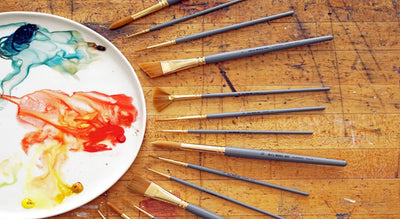
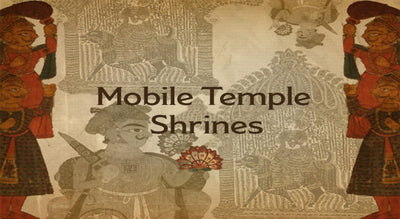
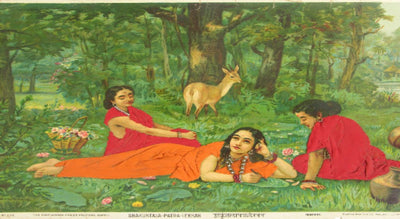
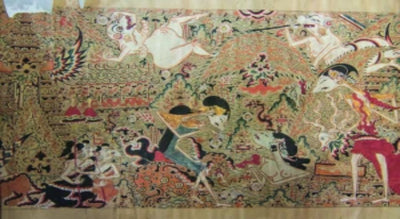
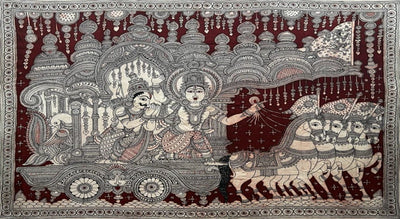
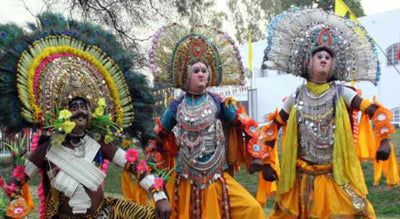
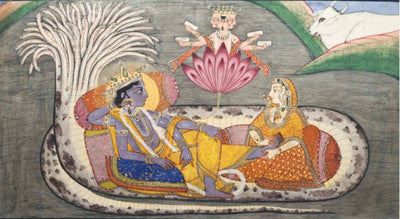
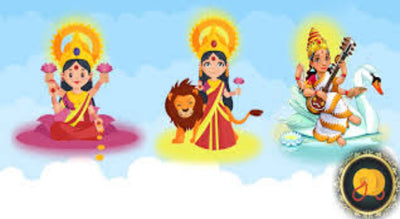
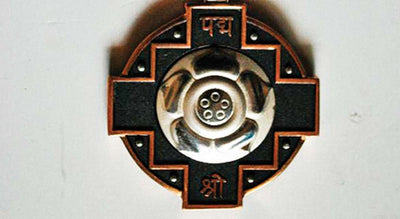

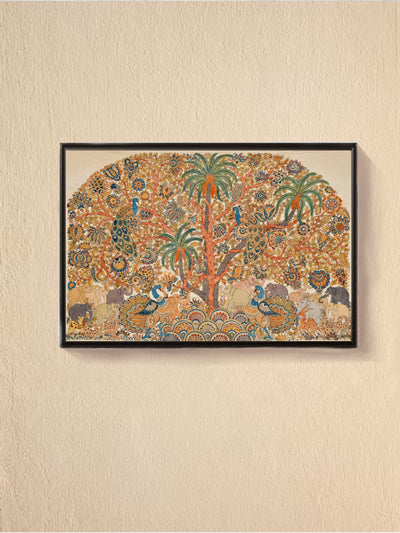







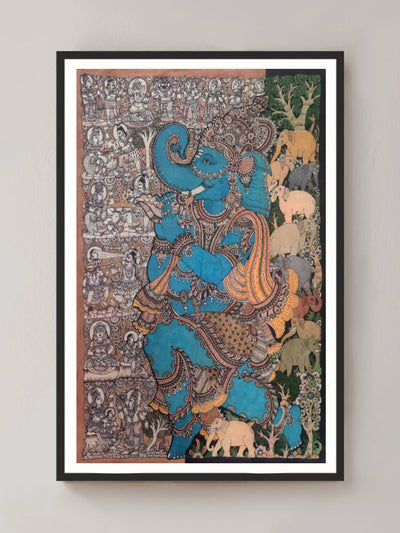








0 comments